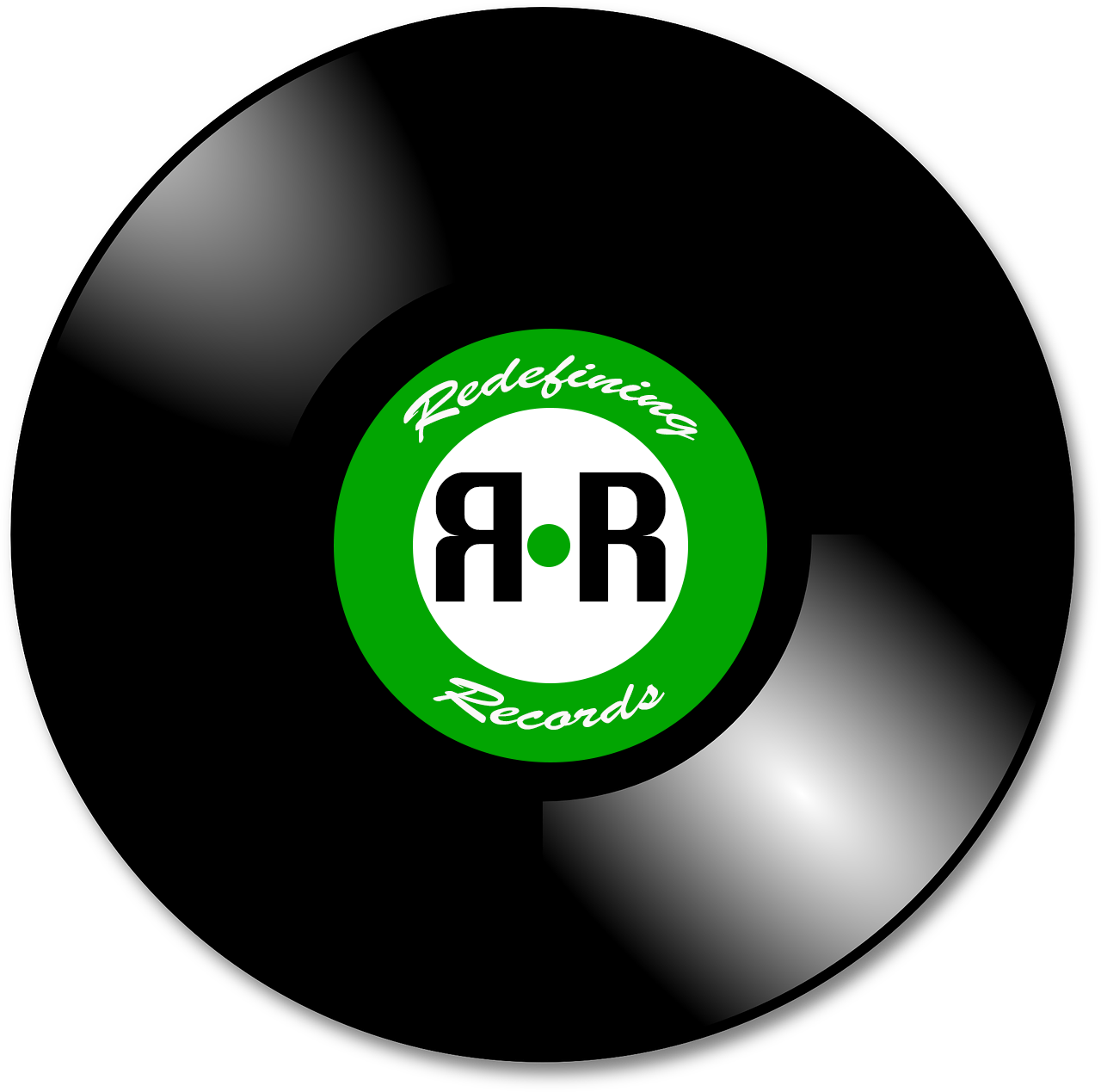FLYING MICROTONAL BANANA

King Gizzard & The Lizard Wizard
Look at the album artwork for Flying Microtonal Banana and be prepared to feel exactly like the snake. King Gizzard & the Lizard Wizard is back with their first release of 2017, and it’s a hypnotic, head-weaving jam. All seven members, led by front-man Stu Mackenzie, are in tow for this album, which means you should expect to hear their usual intricate instrumental layering. But this time, it sounds a little different. That’s because King Gizzard used microtones in the recording of this album, and these atypical notes blend surprisingly well with psychedelic Aussie rock ‘n’ roll.
Those in-between notes hit just right, although in some cases it does take a few listens to get completely on board. The beginning of “Sleep Drifter” is a good place to tune your ears to microtones, since it begins with a guitar descending a microtonal scale. It took me a while to appreciate the wavering microtonal guitar in “Open Water,” where the tuning differences are very distinct. However, now it’s one of my favorite riffs of the entire record. Songs like “Open Water” and the opener, “Rattlesnake,” are perfect examples of King Giz’s insuppressible urge to simply jam out. These seven-plus minute songs are both well-layered and repetitive, which means they’re easy to get lost in them, and it’s all powered by something that I’ve quickly grown to love — double drummers.
The double drums in Flying Microtonal Banana combine for a controlled barrage of percussive firepower. Much like King Gizzard’s trademark back-and-forth guitar solos, the drums play off of each other nicely. Each is capable of holding down the song independently, but they’re still extremely complementary to each other. Just listen to “Melting,” where it’s clear there are multiple drummers, but it’s really difficult to separate their individual parts. As far as double drummers go, Eric Moore and Michael Cavanaugh seem to have a remarkable dynamic.
There is a brief break from the fast-paced psychedelic madness in the slightly mellower songs, “Billabong Valley” and “Anoxia.” It’s nice to hear Ambrose on lead vocals in “Billabong Valley,” although it does mean less harmonica. I’m sure the drummers will appreciate those songs during their live performances, in which they’re known to play their songs in 20-30 minute medleys with little to no breaks.
Flying Microtonal Banana is a solid and refreshingly experimental record that delivered on the intrigue surrounding a psych rock album using microtones. It’s probably their easiest album to jam out to since I’m In Your Mind Fuzz, but what’s most impressive is what the album augurs. King Gizzard has shown an impressive variance in sound that is driven by their tendency to have a unique vision for each release. In this record, it’s the abnormal scales. In the past, we’ve seen the all acoustic Paper Mâché Dream Balloon, or the equally sectioned Quarters. Not only does this mean they avoid falling into the trap of sounding the same album after album, but it also means we don’t have a great idea of what their next record might sound like. And if they deliver on their staggering claim of releasing five new albums this year, we should be in store for some diverse and consistently exceptional rock music. It’s incredible that King Gizzard has released nine LPs since their first full-length album in 2012, but it’s even more incredible that they could just now be entering their prime.


